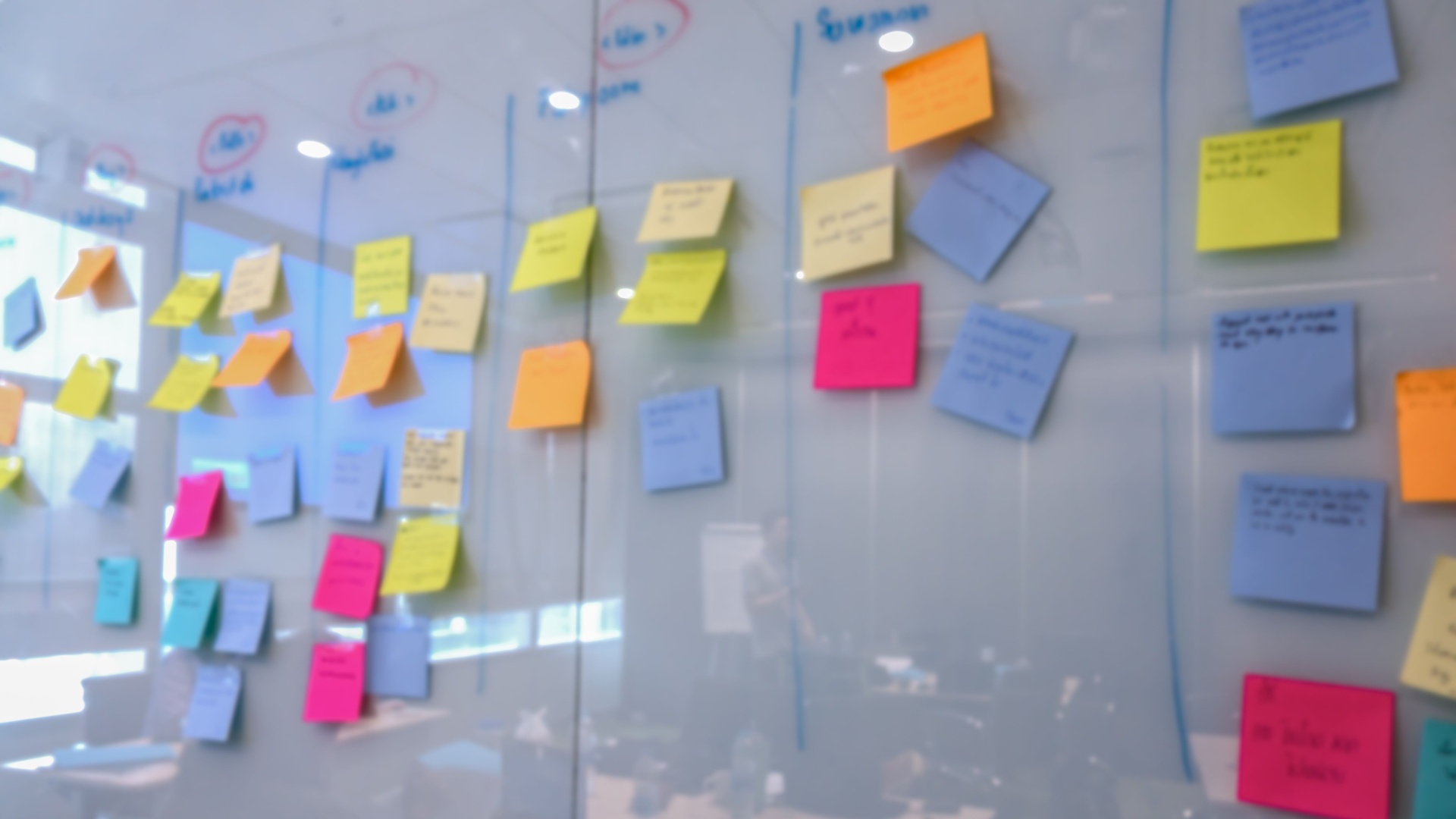
"The execs kick things off: Why are we here? What will this achieve? Then the consultants descend. Let the process mapping begin. Swim lanes. Handoff points. Decision makers. Stakeholders. RACI charts. Today is all about people and process. The message is clear: fix the people side first - because until you do, no technology will save you. No more silos. No more pain points. Content, data and insights delivered on time and on spec."
"Fast-forward three years: you still have that 102-slide deck trying to digitize the outputs from that day. Maybe you even remember that room wallpapered with RACI maps for months. Twenty-eight steps to launch a campaign across three channels? Not a step too few! And exactly who in global legal needs to be informed? Funny as those memories may be, here's the hard truth: somewhere, in a parallel universe, someone mapped out the perfect martech stack. It has real-time streaming, abstraction layers, ETL pipelines and CI/CD."
Marketing transformations frequently focus exclusively on either process or technology, producing superficial fixes that leave root causes intact. Organizations invest in workshops, process maps, RACI charts and long implementation roadmaps that promise alignment and efficiency but often result in slide decks and unchanged operations. Conversely, building an advanced martech stack without aligned people and processes prevents adoption. Durable improvement requires concurrent design of people, process and technology, clear governance and responsibilities, pragmatic implementation steps, and continuous iteration. Integrated change avoids patched pain points and creates repeatable, efficient campaign operations, consistent reporting, and reduced manual work.
Read at MarTech
Unable to calculate read time
Collection
[
|
...
]